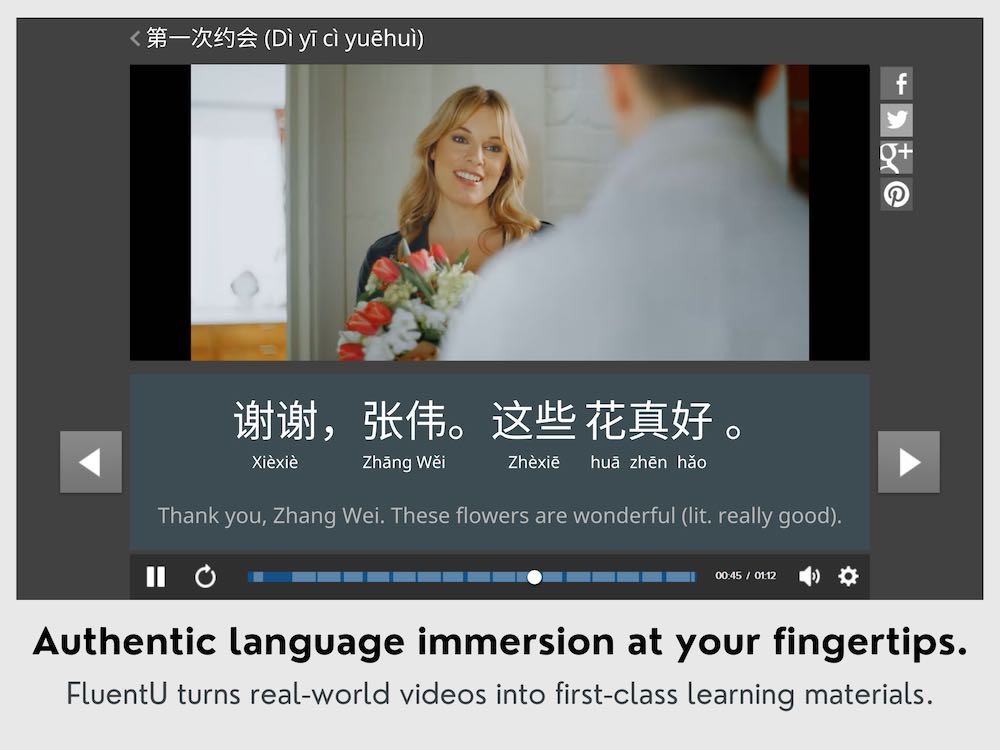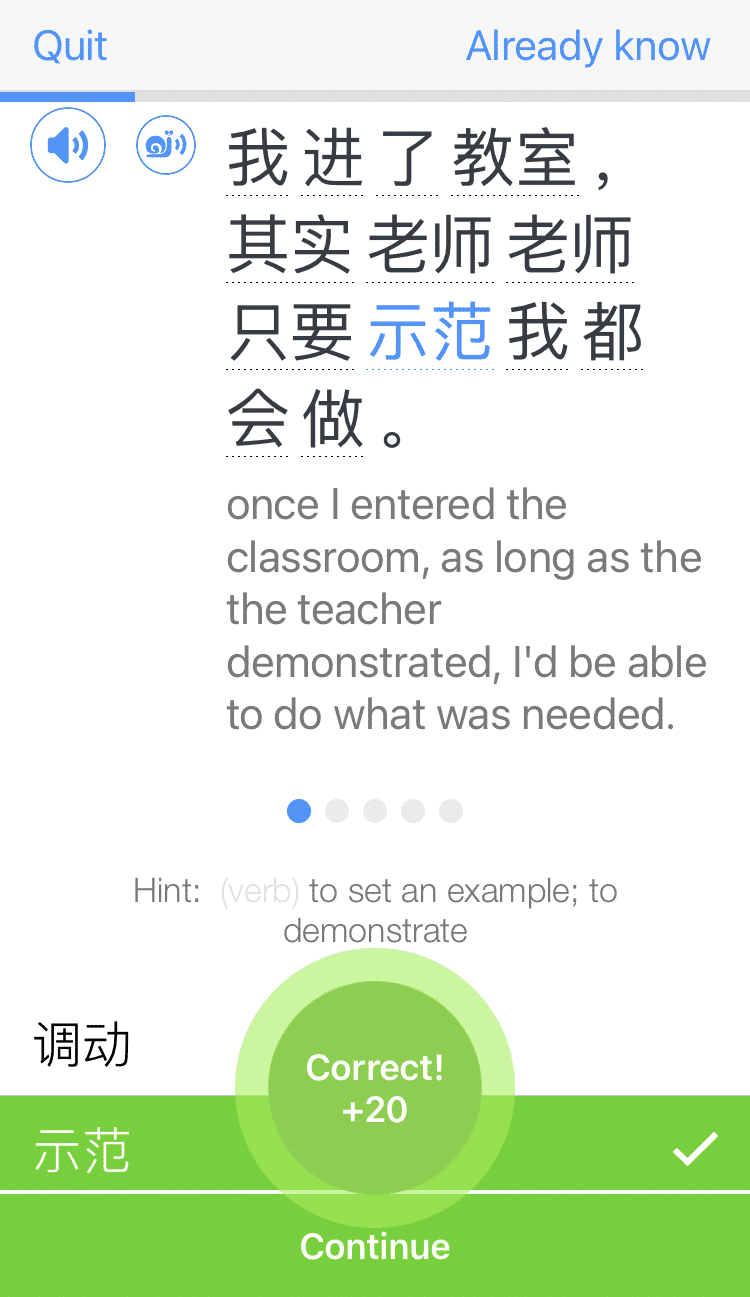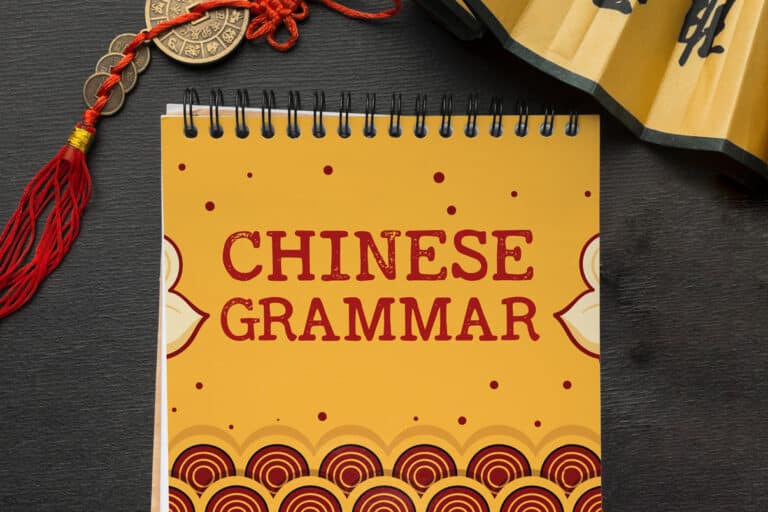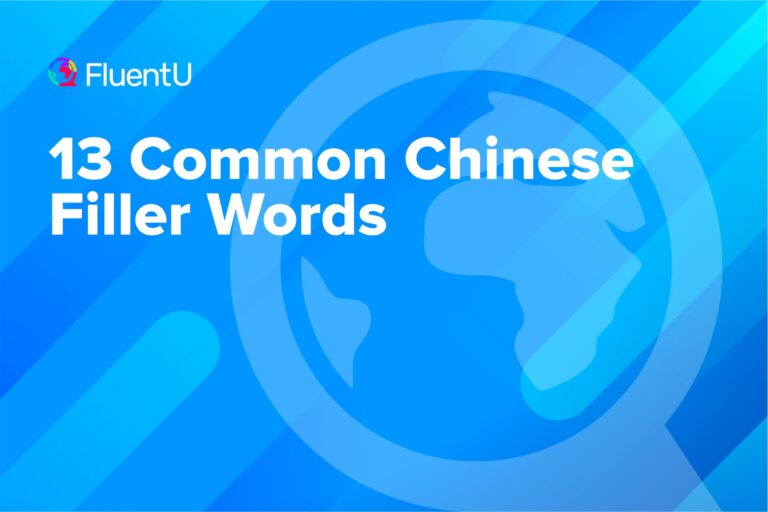The Chinese De: A Simple Guide on Using 的, 得 and 地

The Chinese de isn’t just some simple utterance, but rather, an important and nuanced element of Chinese grammar.
的 (de), 得 (de) and 地 (de) are known as 结构助词 (jiégòu zhùcí) — structural particles, which show the relationship between sentence elements.
Let’s go over the differences between 的, 得 and 地, each of their uses and example sentences.
Download: This blog post is available as a convenient and portable PDF that you can take anywhere. Click here to get a copy. (Download)
What Is the Difference Between 的, 得 and 地?
You could say 的, 得 and 地 are like their, they’re and there in English. Even though they sound the same (the de sounds neutral and doesn’t use any of the four Chinese tones), they all have completely different meanings and aren’t interchangeable.
The main differences are that 的 is used with nouns, 得 is used with verbs and 地 is mainly used to modify an adjective (like giving it the “-ly” in English) to transform it into an adverb.
How Are the De Particles Used in Chinese?
的 indicates possession, modifies nouns and emphasizes certainty
As a structural particle, 的 has two main functions. The first one is that it’s used to indicate possession.
For example, if you want to say that something belongs to 我 (wǒ) — I, me, simply add 的 after the pronoun.
我 的 (wǒ de) — My, mine
You can also use the formula owner + 的 + object being owned to indicate possession like so:
我的猫很可爱。 (wǒ de māo hěn kě ài.) — My cat is very cute.
On the other hand, 的 isn’t always necessary to indicate possession.
When there are at least a couple of degrees of possession, 的 is only used once to avoid repetition. So rather than translating “my brother’s girlfriend” as 我的弟弟的女朋友 (wǒ de dìdi de nǚ péngyou), you would just say:
我弟弟的女朋友很漂亮。 (wǒ dìdi de nǚ péngyou hěn piàoliang.) — My little brother’s girlfriend is gorgeous.
的 can also be eliminated when used to indicate close personal relationships or body parts.
我爸爸妈妈正在度假。 (wǒ bàba māma zhèngzài dùjià.) — My mom and dad are on vacation.
他头发太长了。 (tā tóufa tài chǎng le.) — His hair is too long.
The possessive 的 is demonstrated in the video below:
This clip shows how straightforward it is to use 的.
For a better viewing experience, you can also check out this video on the digital language learning platform FluentU.
FluentU takes authentic videos—like music videos, movie trailers, news and inspiring talks—and turns them into personalized language learning lessons.
You can try FluentU for free for 2 weeks. Check out the website or download the iOS app or Android app.
P.S. Click here to take advantage of our current sale! (Expires at the end of this month.)
The second function of 的 as a structural particle is to connect adjectives to nouns. For this, the formula would be adjective + 的 + noun.
她点了最辣的咖喱。 (tā diǎnle zuì là de gālí.) — She ordered the spiciest curry.
Similar to its possessive function, however, 的 isn’t always necessary to describe nouns.
他喜欢辣牛肉面。 (tā xǐhuan là niúròu miàn.) — He likes the spicy beef noodles.
Finally, as a modal particle ( 结构助词 – jiégòu zhùcí), 的 is tacked on at the end of a statement to add conviction, changing the “mood” of the sentence.
A: 把水烧开。 (bǎ shuǐ shāo kāi.) — Bring the water to a boil.
B: 我知道的! (wǒ zhīdào de!) — I know!
While B could have simply replied with 我知道 (wǒ zhīdào), the 的 emphasizes that the person already knew what to do before they were instructed.
得 modifies verbs
得 is placed after a verb in a sentence to connect the verb to the corresponding complement.
The complement is the part of the sentence that describes the quality or degree at which the verb is completed. That makes it sound like the complement functions as an adverb, but it doesn’t. In Chinese, the adverb is normally placed before the verb and doesn’t need to be connected with a structural particle.
Basically, the complement answers the question of how well the action has been carried out.
The structure therefore would be verb + 得 + adjective/complement.
他开得很小心。 (tā kāi de hěn xiǎoxīn.) — He drives carefully.
In this instance, 小心 (xiǎoxīn) is the complement since it describes how well he drives.
Now, what if there’s an object in the sentence?
One formula you can follow is subject + verb + object + verb + 得 + adjective/complement.
她做饭做得很好。 (tā zuò fàn zuò de hěn hǎo.) — She cooks (food) very well.
If you don’t want to repeat the verb, you use the subject + 的 + object + verb + 得+ adjective/complement formula instead. Here, you’re using two different structural particles.
他们的中文说得不太好。 (tāmen de zhōngwén shuō de bú tài hǎo.) — They don’t speak Chinese very well.
Note: 不 normally takes on the fourth tone (falling tone), unless it’s followed by a character with the fourth tone. In that case, 不 is pronounced with the second tone (rising tone).
地 turns adjectives into adverbs
As a noun, 地 (dì) means “ground” or “earth.” As a structural particle, 地 (de) transforms adjectives into adverbs. It’s pretty much the equivalent of adding “-ly” to adjectives in English.
Note that you don’t need to use 地 with Chinese adverbs. 地 is only placed after adjectives so that those adjectives can function as adverbs.
Follow this adjective + 地 + verb structure like so:
她自信地完成了考试。 (tā zìxìn de wánchéngle kǎoshì.) — She confidently finished the exam.
To emphasize the adverb even more, you could also say the adjective twice before adding 地. Note that this only works if the adjective is a single character and not a compound word.
老师跟学生们慢慢地说话。 (lǎoshī gēn xuéshēngmen màn man de shuōhuà.) — The teacher speaks slowly with the students.
That wasn’t too hard, right? It might take some time to get used to writing with particles, but you’ll at least know how to use the Chinese de in conversations!
And One More Thing...
If you want to continue learning Chinese with interactive and authentic Chinese content, then you'll love FluentU.
FluentU naturally eases you into learning Chinese language. Native Chinese content comes within reach, and you'll learn Chinese as it's spoken in real life.
FluentU has a wide range of contemporary videos—like dramas, TV shows, commercials and music videos.
FluentU brings these native Chinese videos within reach via interactive captions. You can tap on any word to instantly look it up. All words have carefully written definitions and examples that will help you understand how a word is used. Tap to add words you'd like to review to a vocab list.
FluentU's Learn Mode turns every video into a language learning lesson. You can always swipe left or right to see more examples for the word you're learning.
The best part is that FluentU always keeps track of your vocabulary. It customizes quizzes to focus on areas that need attention and reminds you when it’s time to review what you’ve learned. You have a 100% personalized experience.
Start using the FluentU website on your computer or tablet or, better yet, download the FluentU app from the iTunes or Google Play store. Click here to take advantage of our current sale! (Expires at the end of this month.)











